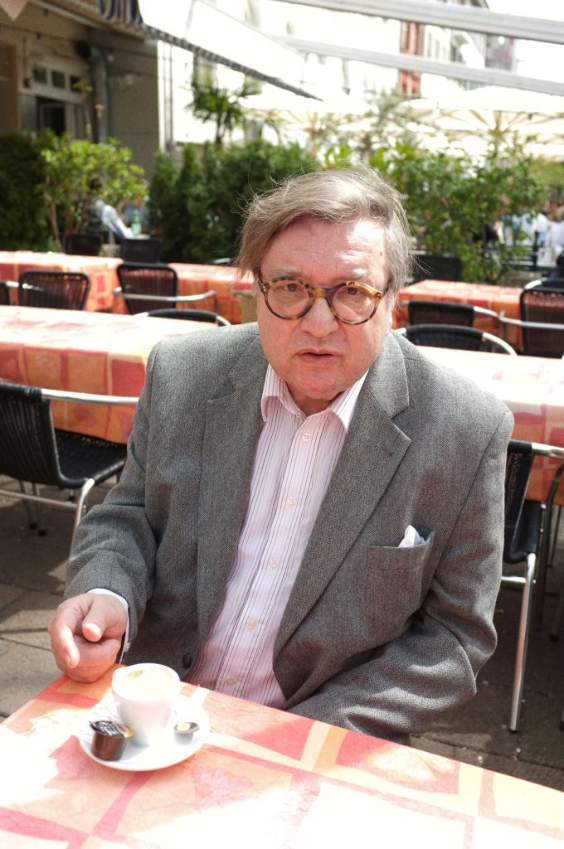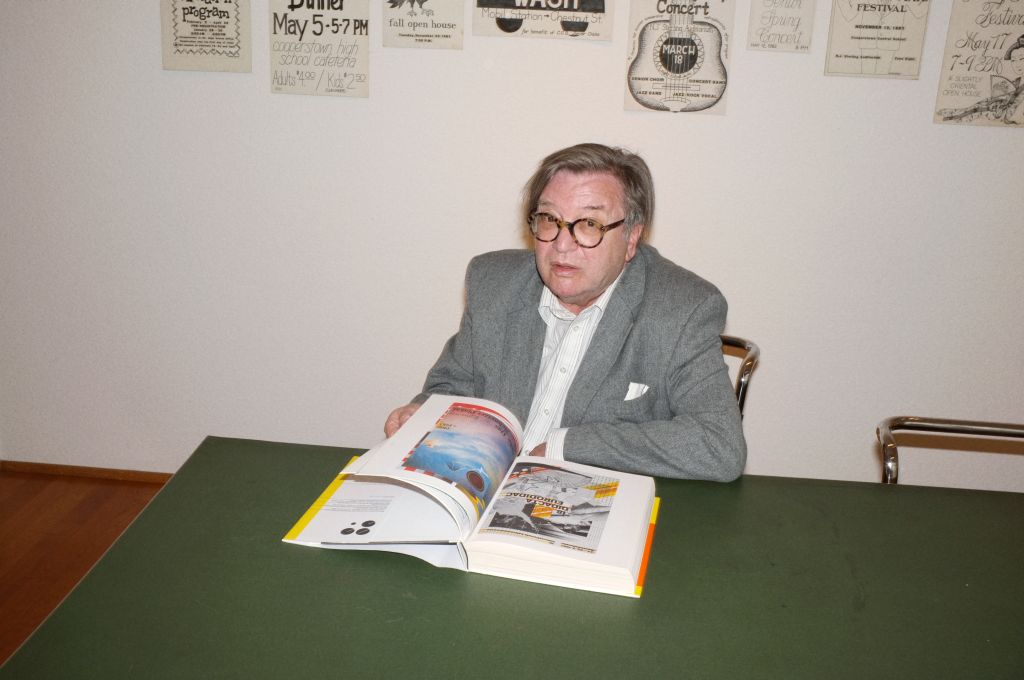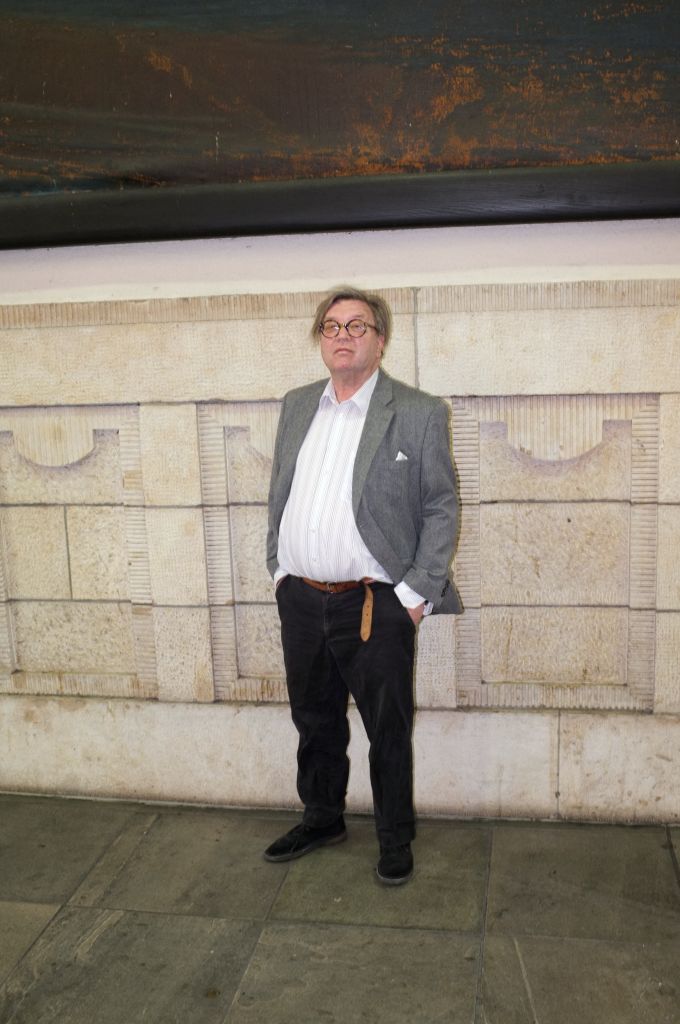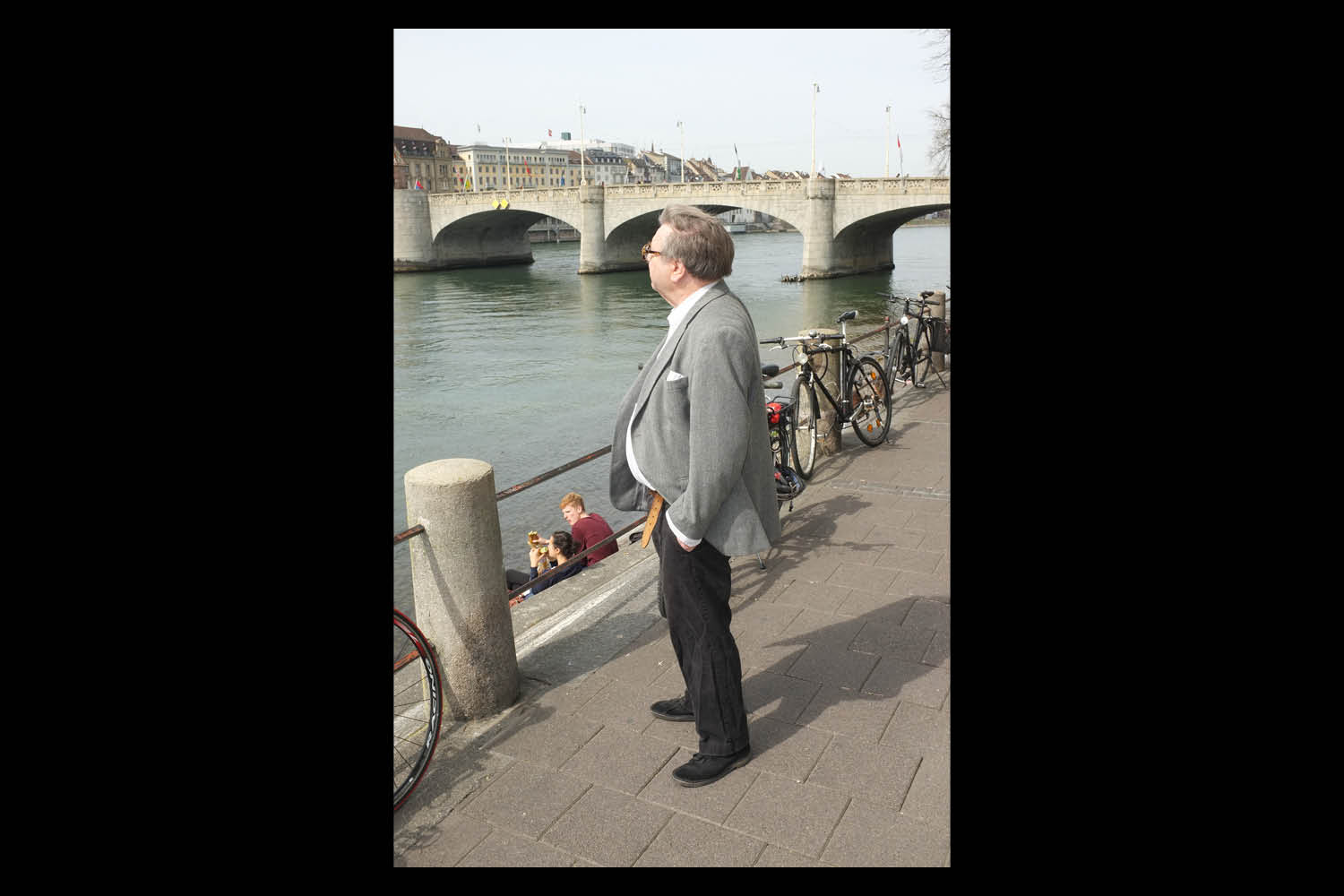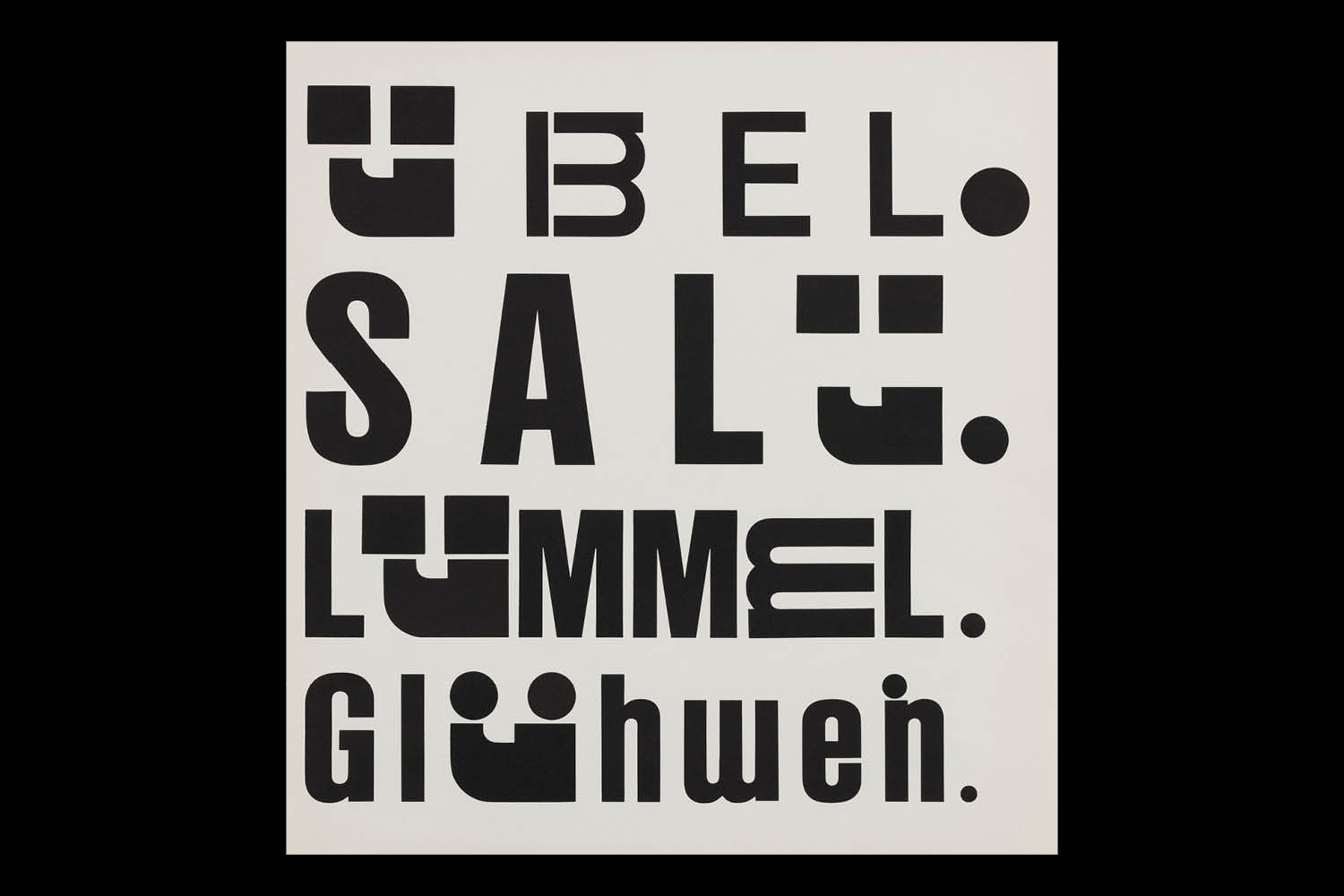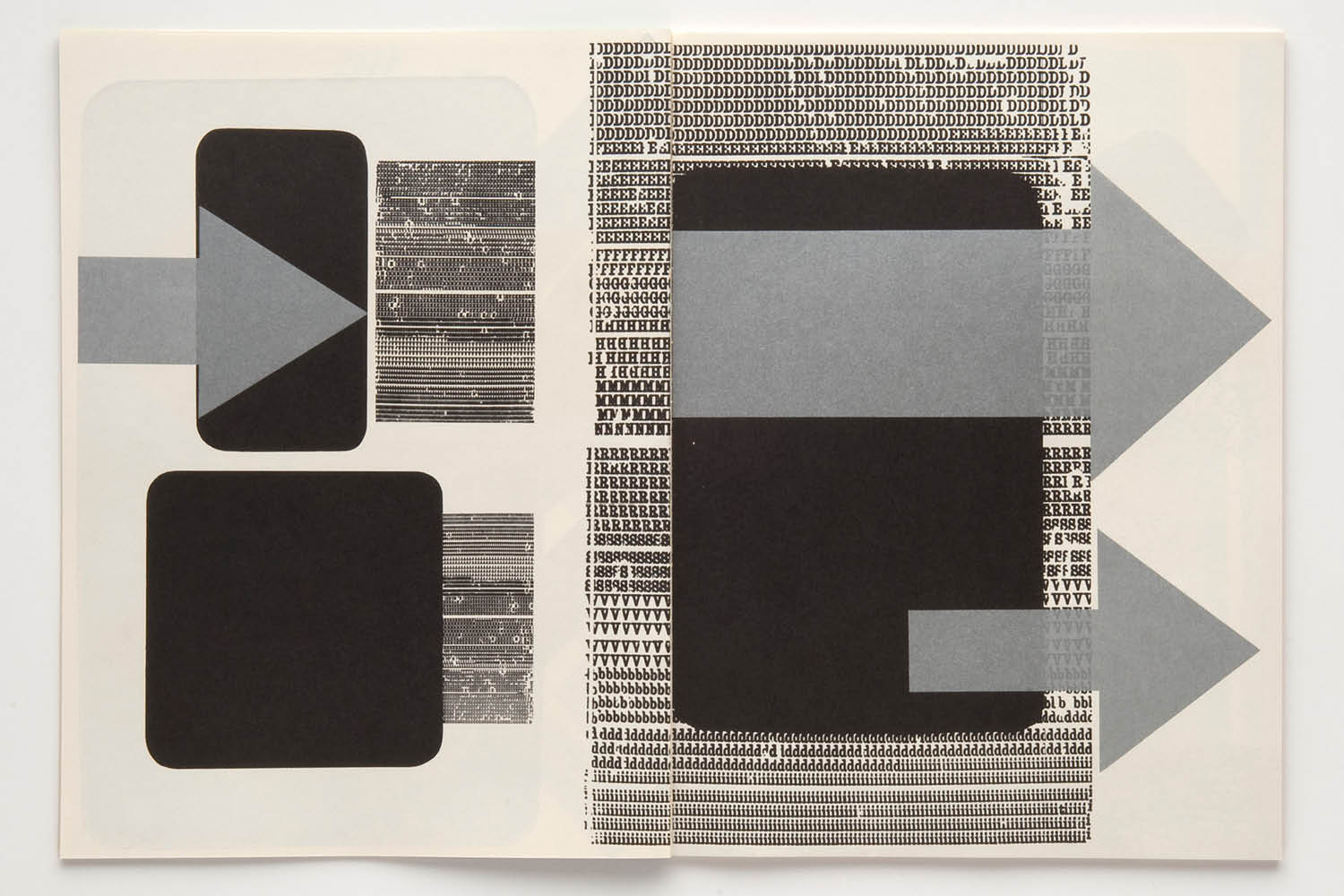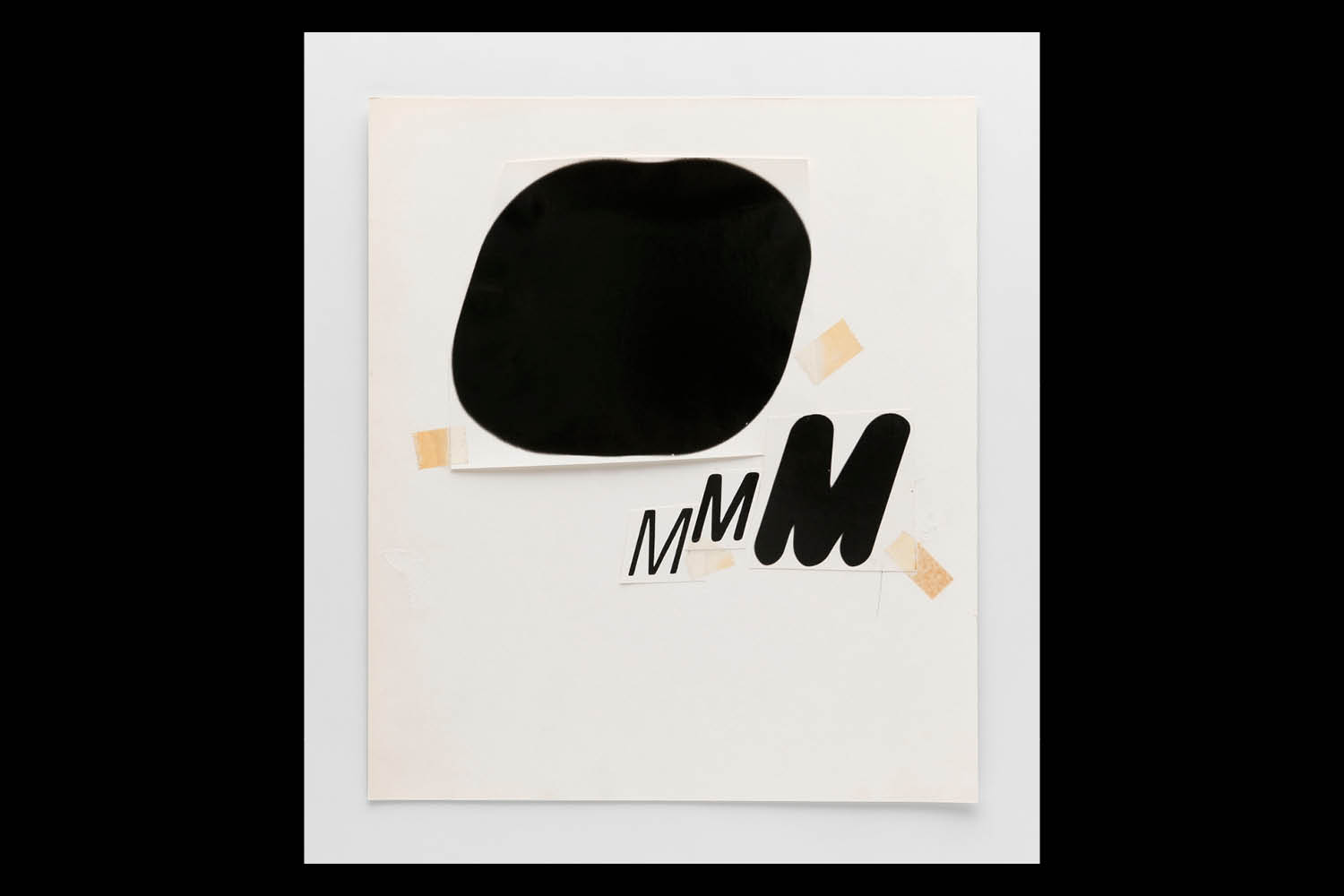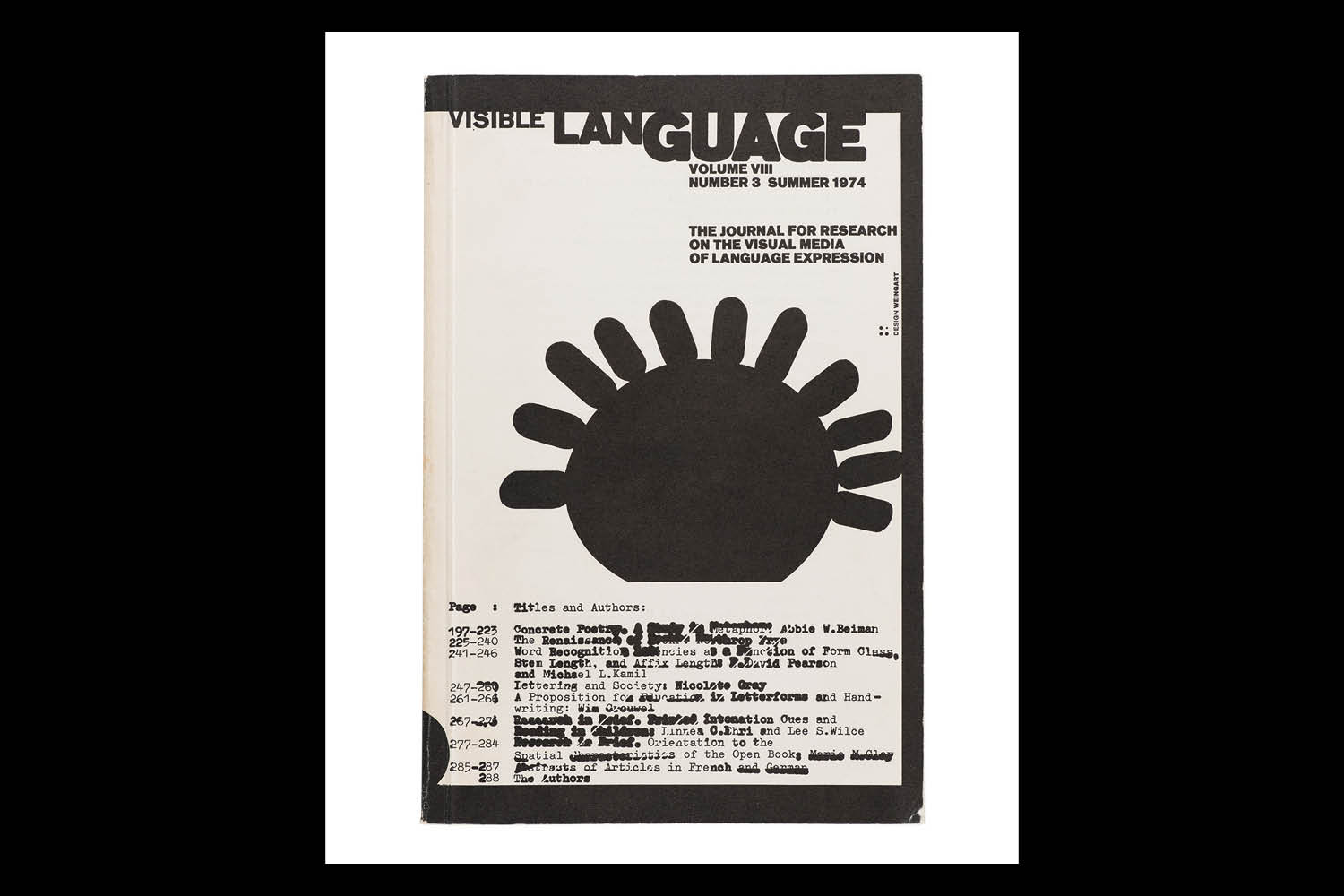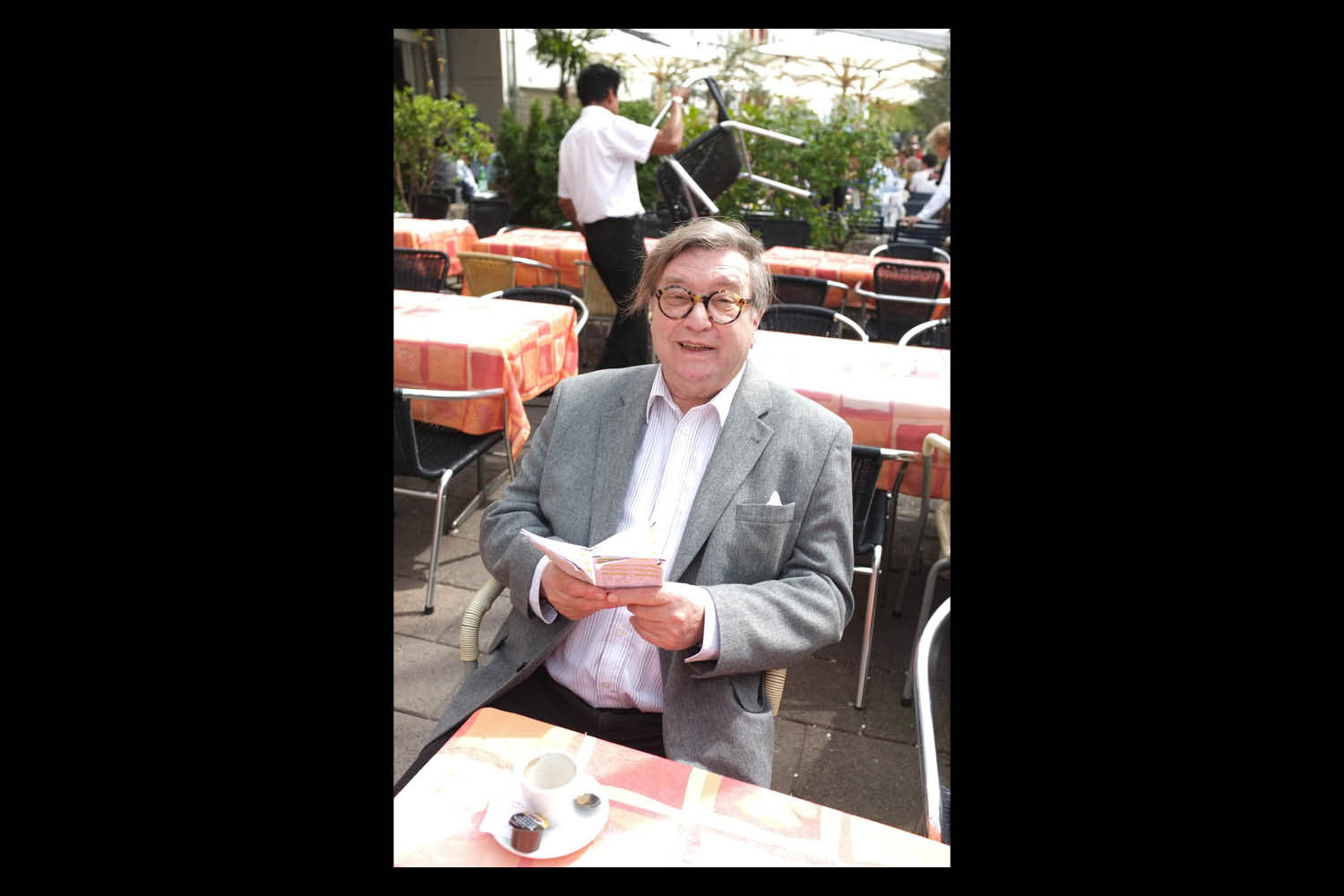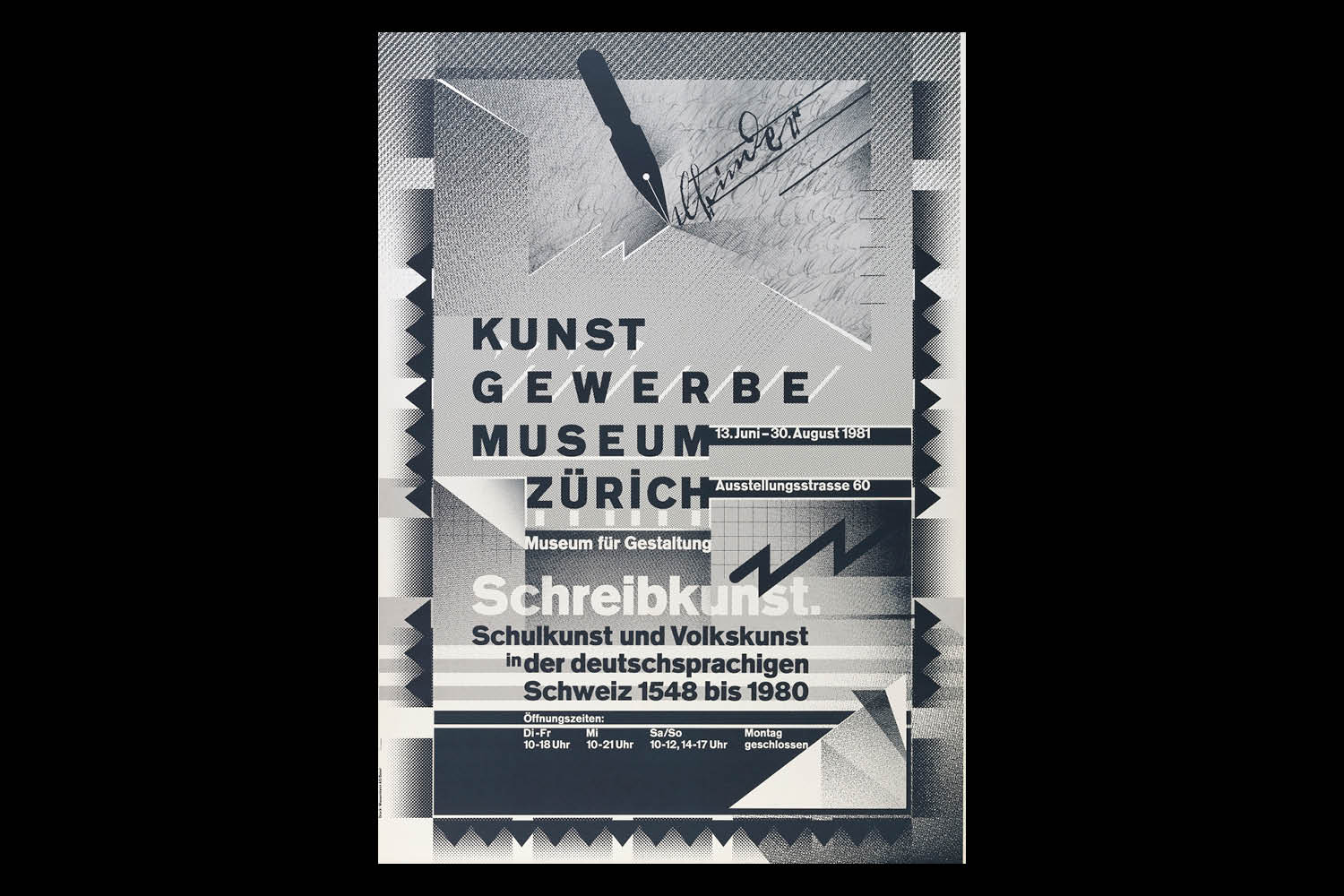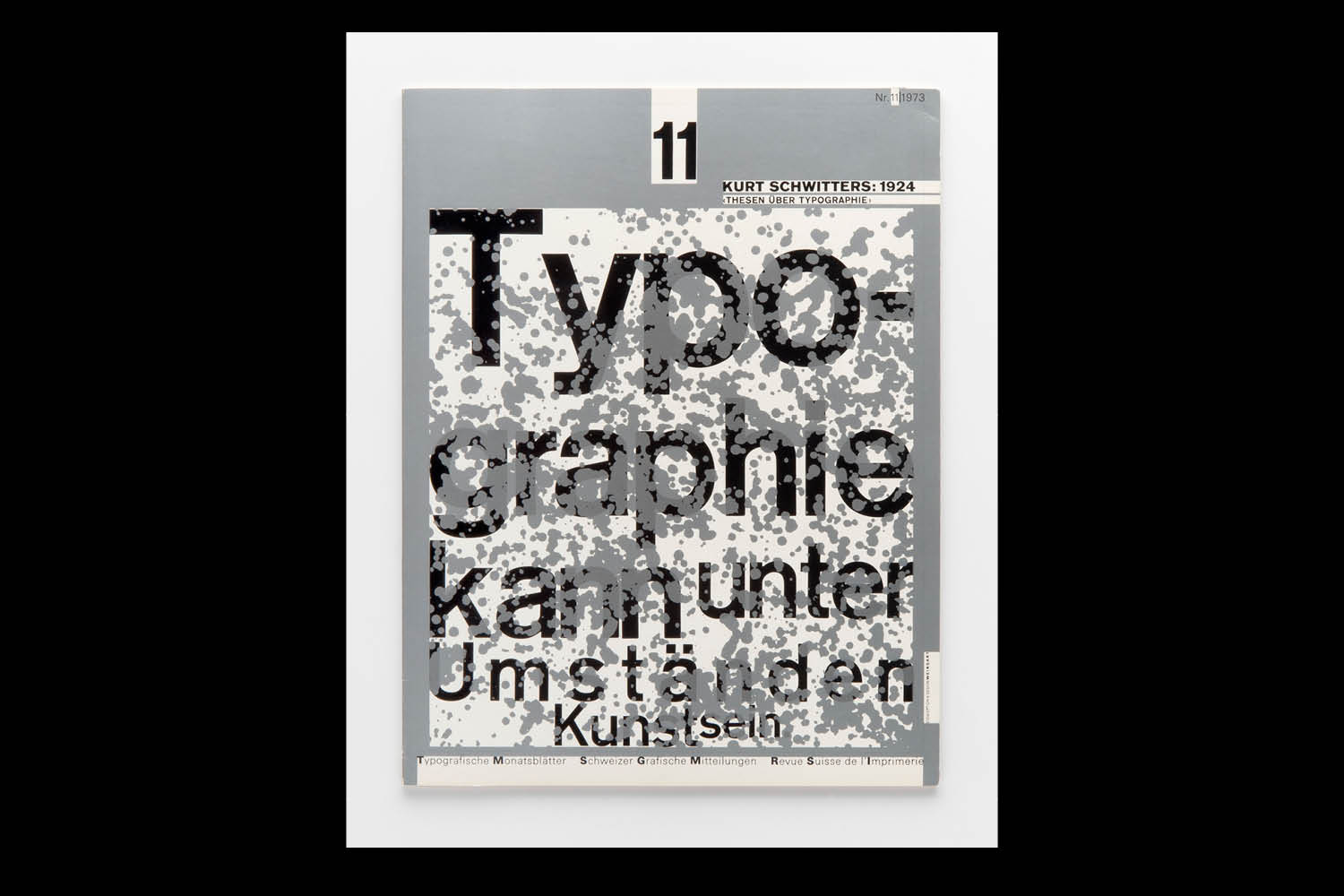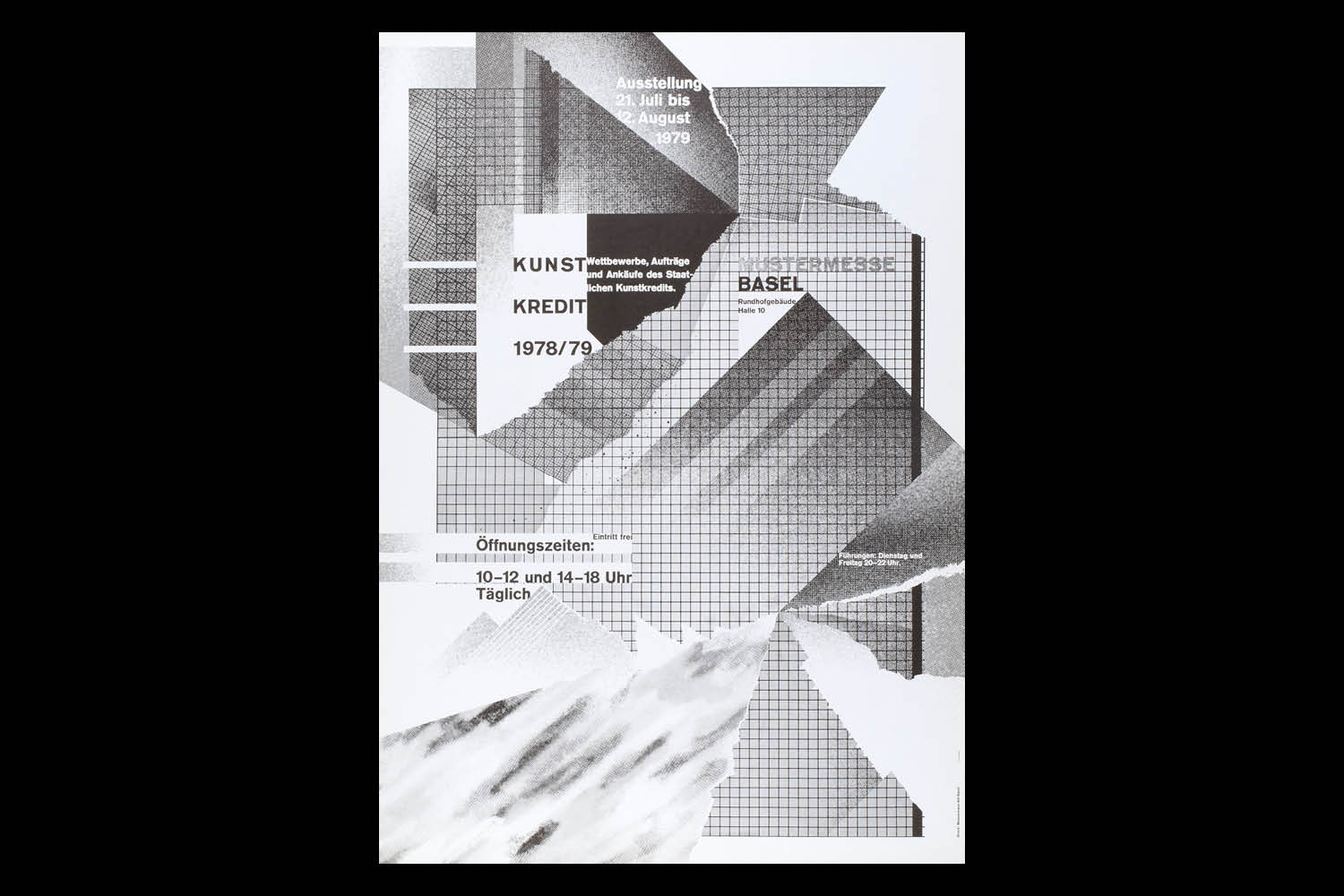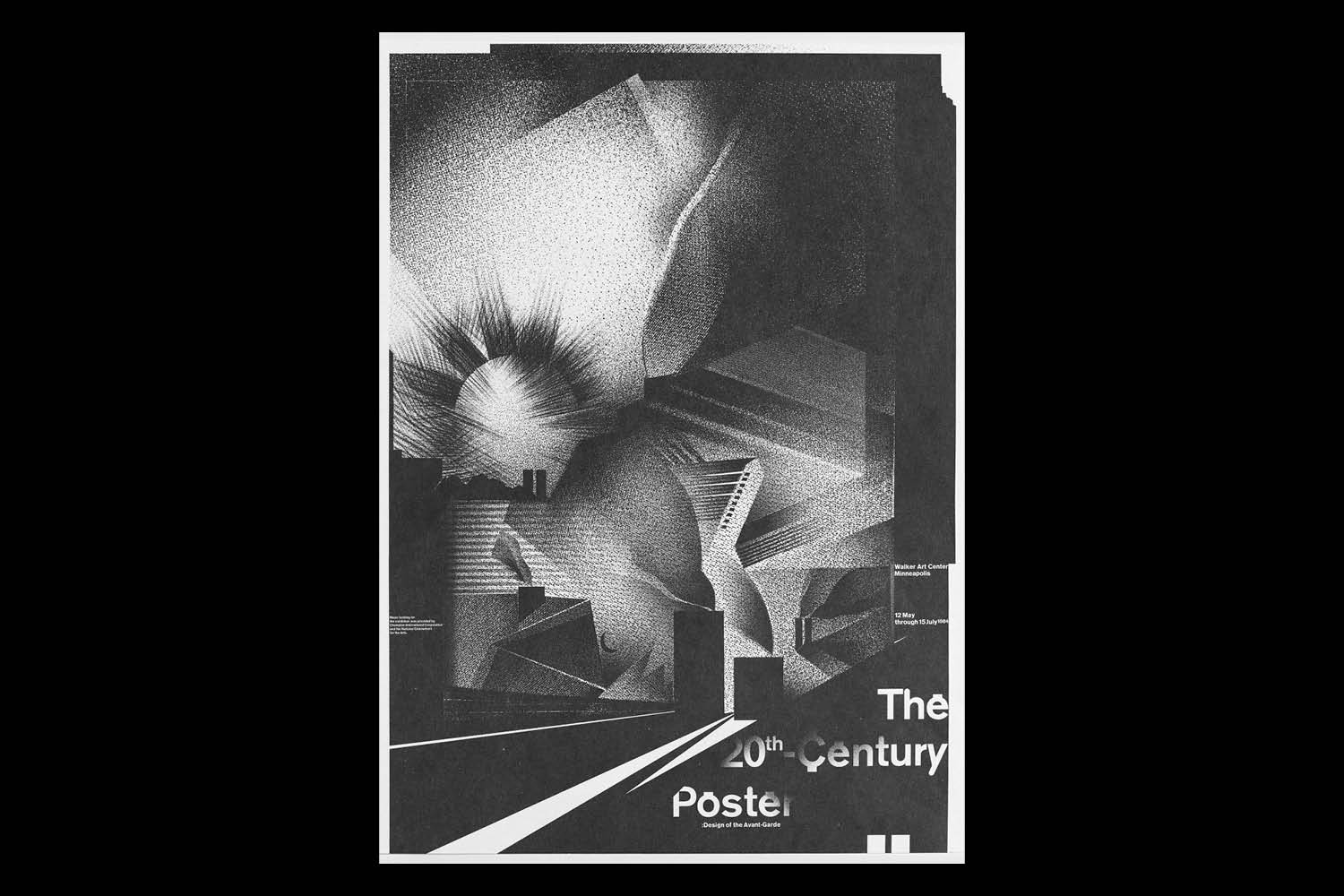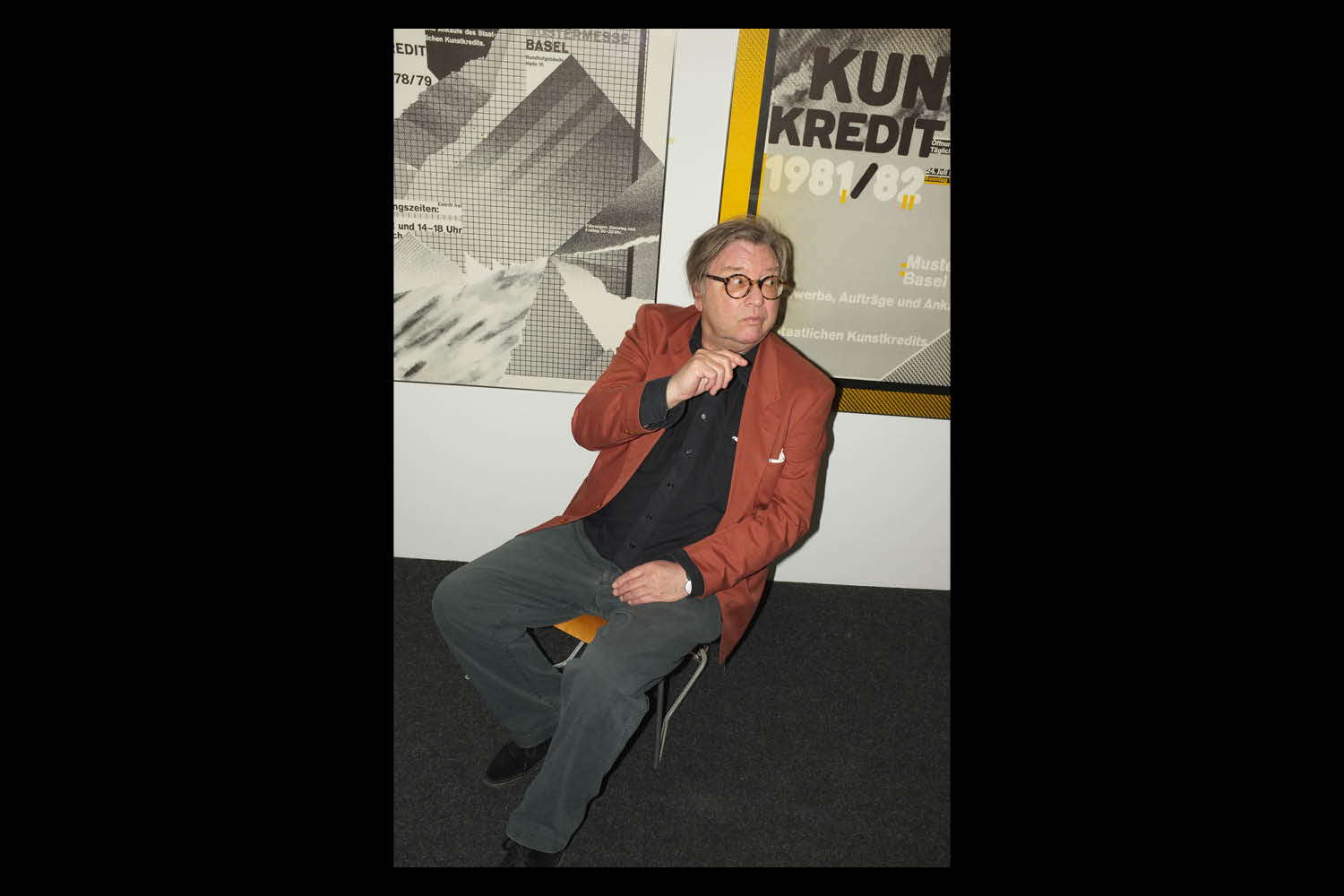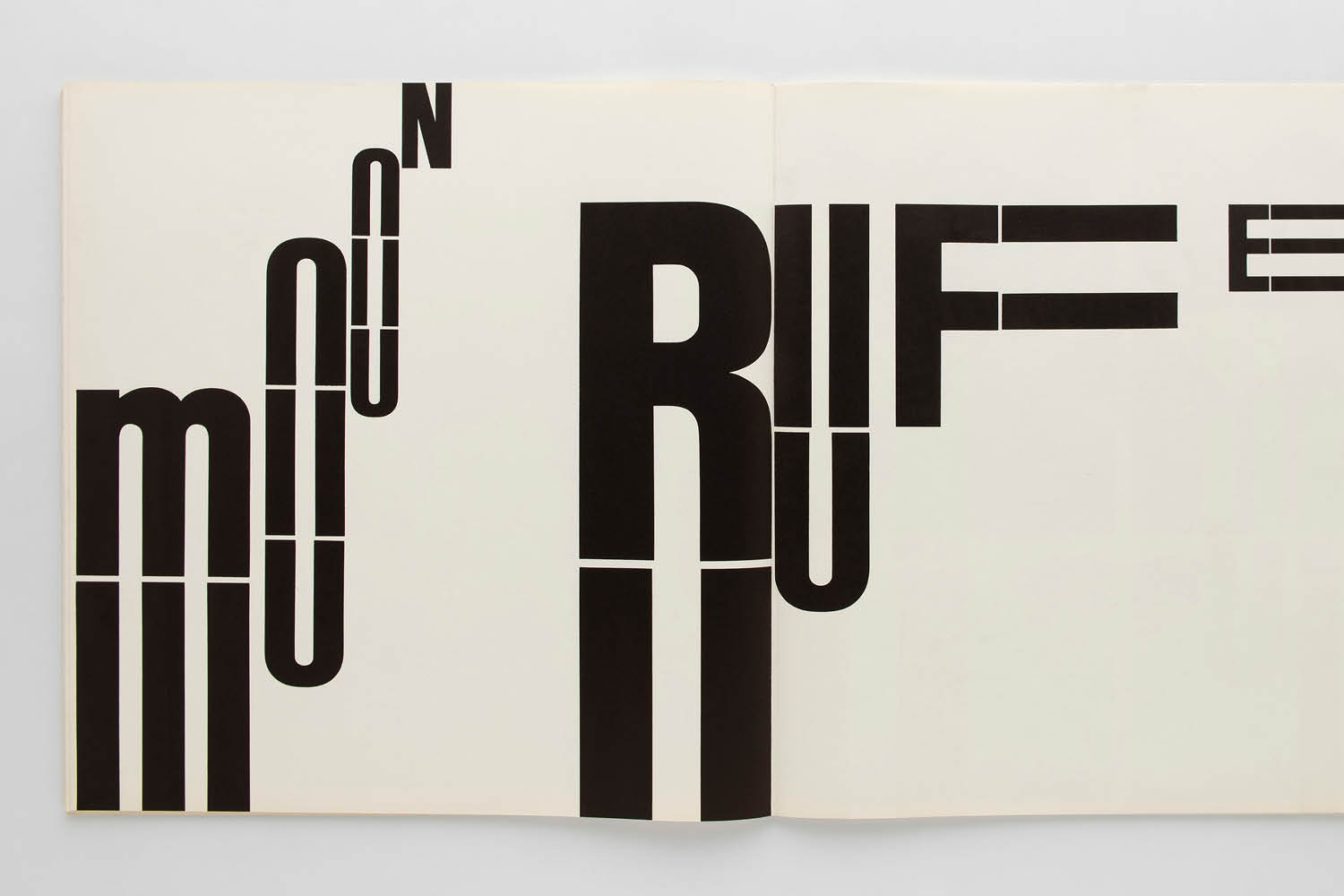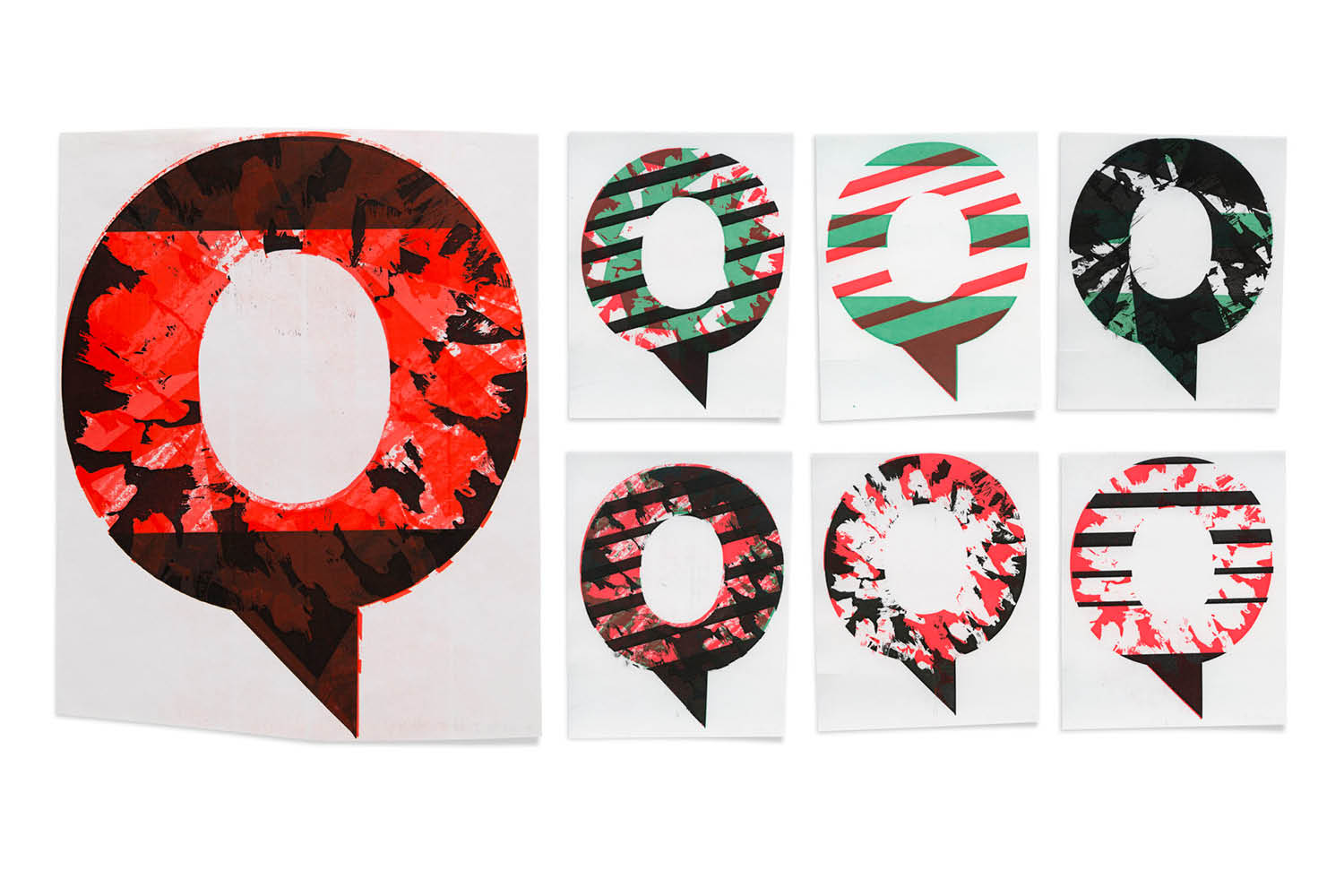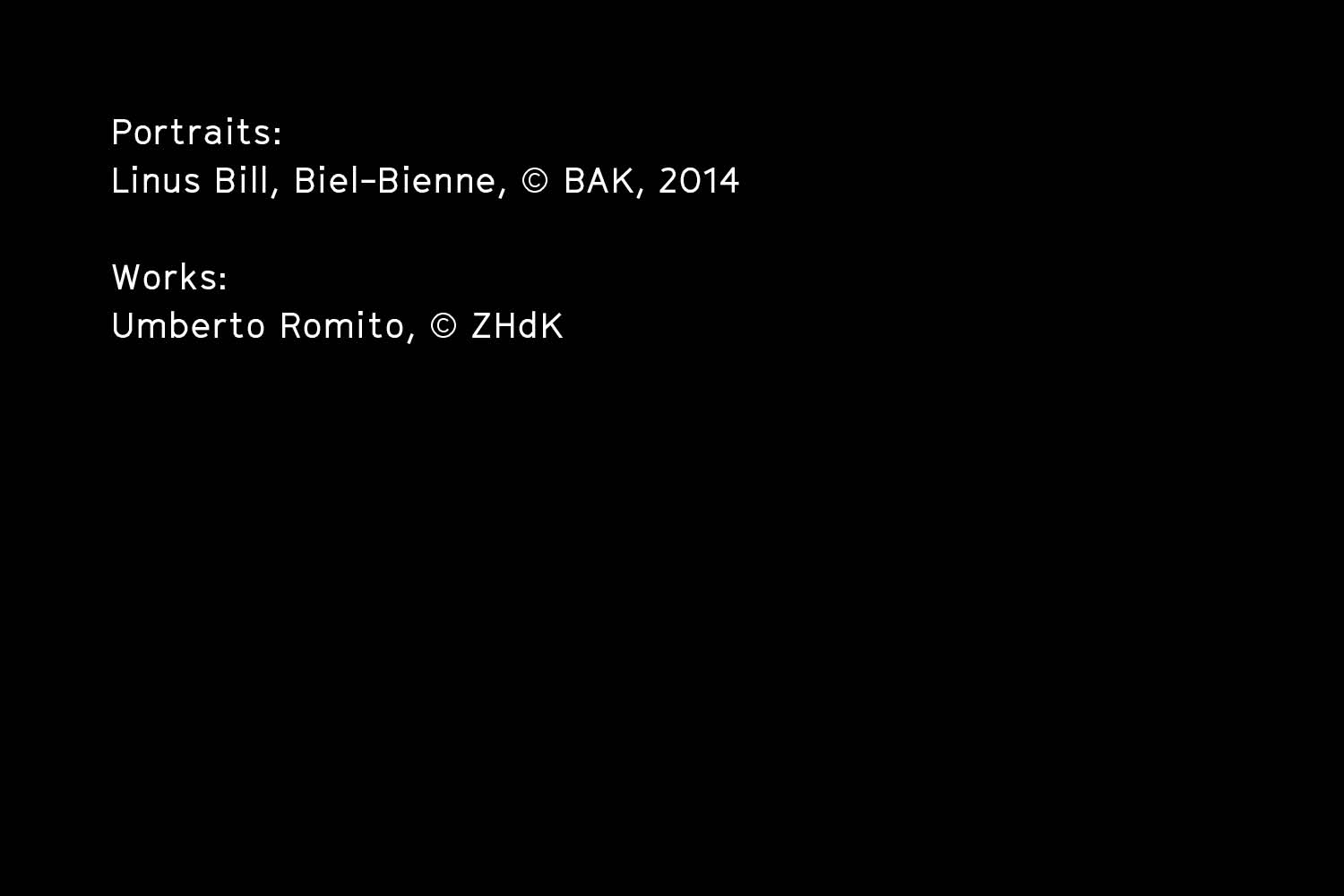Wolfgang Weingart, 1941
Typographer and designer, Basel
Wolfgang Weingart is regarded as one of the most unconventional designers of the second half of the twentieth century. His view of typography, his experimental work and his unconventional teaching methods continue even today to shape visual design and training courses for young typographers all over the world.
Born in 1941, Weingart grew up in initially in Salem on Lake Constance, where he attended elementary school. But strict, achievement-oriented learning was not for him. He preferred to immerse himself in technical handicrafts, and discovered drawing and classical music. In 1954, he went to Lisbon with his parents for two years, where his father worked in the diplomatic service. On their travels together, particularly in Arabic countries, Wolfgang Weingart began to record visual discoveries with his camera: graphic structures in landscapes, architectural details and completely different ways of life. His parents recognized how deeply he enjoyed design and arranged his first regular drawing lessons, alongside school work.
The more Weingart become involved in his own pictorial worlds, however, the stronger his aversion to dry school lessons became. He didn’t know yet what he wanted to do, but it would have to be something to do with his imagination, with creative design and with exploring his own creative potential. This was how he came to the Merz Academy in 1958 – a private college for applied graphics and art, where visual design was explored in the interplay between individual ideas and suitable presentation techniques. What caught his enthusiasm there more than anything else, however, was the small college printing workshop, where he first began to experiment with type. In his search for models, what fascinated him most in the specialist journals was modern ‘Swiss typography’ – plain, clear, and exciting.
The tension between the limited repertoire of 26 letters and the virtually boundless options for designing them became a key experience that was to define his career as a typographer. To acquire the necessary skills, Weingart started a three-year apprenticeship as a typesetter in a printing house in Stuttgart in 1960. He was able to work on his own typographic projects there on the weekends. Discussing his designs with him on one occasion, the company’s graphic designer – who had studied at the College of Applied Art in Basle with Emil Ruder and Armin Hofmann – told him to break off his apprenticeship and go to Basle at once, because only there would he be appreciated and receive encouragement and guidance for his career.
But Weingart first finished the apprenticeship, completed numerous further design projects, and first published several of them before contacting Hofmann and Ruder in 1963. They were both surprised by the quantity and maturity of his ideas, as well as his independence as a young designer. He was able to sit in on their courses starting in 1964 and to work on his own designs in the college’s workshop as well. He regarded this free work as making up for the strict basic exercises practiced in the course work and for the disciplined methodology of design, the value of which was initially unclear to him. It was only gradually that he recognized the educational context of the elementary exercises and their step-by-step applications in typography and graphics. His independent design work benefited from this insight, becoming more systematic and receptive to new design themes.
In 1968, the College of Applied Art in Basle started its ‘Further Training Class’, a postgraduate course for graphic artists. At the suggestion of Hofmann and Ruder, Weingart was appointed as lecturer for typography in the course. He developed a specific curriculum for this new type of course and continued to refine it up to his retirement from teaching work in 2005. The core of the approach involved complex visual topics that the students from over 30 countries set for themselves and worked on in close dialogue with their teacher. In the process, they were also able to learn from Weingart’s designs for his own posters, catalogues and book covers, from his exploration of new design paths – such as type experiments in the darkroom and film collages on the light table. This open-mindedness towards technology led in 1984 to the first use of a Macintosh computer in a typography course at a Swiss design college.
In 1972, Weingart became an associate of the Typografische Monatsblätter (Typographic Monthly, TM) in St. Gallen, founder of its occasional supplement TM/communication and designer of many TM covers. He received invitations to give seminars and lectures all over the world and published articles in the specialist press, as well as a book, Projekte, presenting the results of his teaching work. He is a member of the Alliance Graphic Internationale (AGI) and has received several prizes – including one from the Swiss Interior Ministry in Berne.
In 1990, Wolfgang Weingart showed his own work for the first time in a comprehensive exhibition entitled WortZeichen, SchriftFelder, BildRäume (WordSigns, WritingFields, PictureSpaces) held at the Institute for New Technical Form (Institut für Neue Technische Form) in Darmstadt. The planning and conception of the exhibition were important preparations for an overview of his work of more than 500 pages, Wege zur Typografie, that was published in 2000. The book documents his development, influences and the design steps involved in individual projects. The generous pictorial and textual layout of the publication also impressively illustrate all of the qualities on which Weingart’s unconventional approach to typography and his experimental designs are based: thorough craft training, curiosity, constant questioning of visual standards and laws, and enthusiastic enjoyment of exploring typography in graphic form and graphic art typographically – often instinctively, not without self-doubt, but always full of passion!
Peter von Kornatzk


